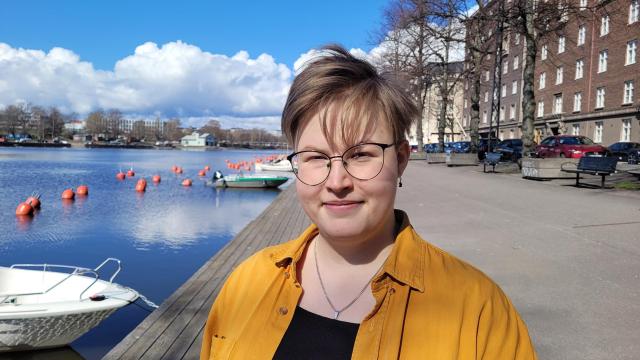SAK's search for a role in the labour market system goes on
The union confederation SAK is still in search of a role for itself in labour market negotiations and the system surrounding it. This bit of internal soul searching has been an important part of the agenda of the 3-day SAK Congress that began on Monday in Tampere. And in fact, this issue came to the fore at the press conference held after the re-election of three leading personalities at SAK.
Lauri Lyly, the President of SAK, stated that in the last few years the industry-specific negotiations and agreements have made for decent results but without any bigger achievements. In other words the SAK is not exactly overcome with joy by the whole exercise. The reason for this is simple: "We always strive for qualitative improvements, not only better pay and benefits."
In the past qualitative changes were reached through the comprehensive income policy agreements. These were the results of negotiations between SAK and the two other union confederations STTK and Akava, on one side and the major employer organizations, on the other side. The government of the day was often the third party in many of these agreements. The first such agreement was signed in 1969.
In the spring of 2008 the employer stronghold EK (Confederation of Finnish industries) announced the end of the era of comprehensive income policy agreements.
As the employers' stance has not essentially changed since then, the SAK plans to carve out a role for itself as coordinator of collective bargaining for its affiliated unions. And this may happen or come about by creating a common framework for the unions' industry-specific negotiations. Within a stroke SAK would be back in the 2-tier labour market system.
Lyly is confident that there are good possibilities for finding common understanding between SAK unions, although individual union&#;8217s "angles or approaches" to future collective bargaining are seldom identical. "There are no permanent blocks (formed by unions) within SAK. Combinations or alliances in which SAK unions find each other tend to vary from one issue to another", Lyly stressed.
Matti Huutola, the re-elected Vice President of SAK, said that SAK does not yet have replies to questions on its future role in the collective bargaining system. "We live a period of search."
He again reminded everyone that the numerous 3-tier task forces (labour market organizations and the government) have not led to breakthroughs when it comes to the big issues, such as the length of working careers, temporary employment relations and agency labour. "The difficulties in making progress on these issues become even greater if collective bargaining is also to be limited, in the future, to industry-specific negotiations." he said.
Tuire Santamäki-Vuori, the re-elected Chairman of the SAK General Council, made the point that SAK has to recognize and come to terms with changes that have taken place in the types or forms of work that are now a reality. By this she refers to, for example, the various forms of temporary employment and self-employment. "We have to find means to correct deficiencies in equality and seek to challenge work inequalities. This means changes both in collective agreements and labour legislation and furthermore changes to the social security system."
According to Santamäki-Vuori SAK unions, representing various industries, recognize the needs of other SAK unions today better than ten years ago. She quoted a speaker from the general discussion: "The public sector cannot survive without the export industry and the export industry cannot live without public services."
News
 The Central Organisation of Finnish Trade Unions
The Central Organisation of Finnish Trade Unions

